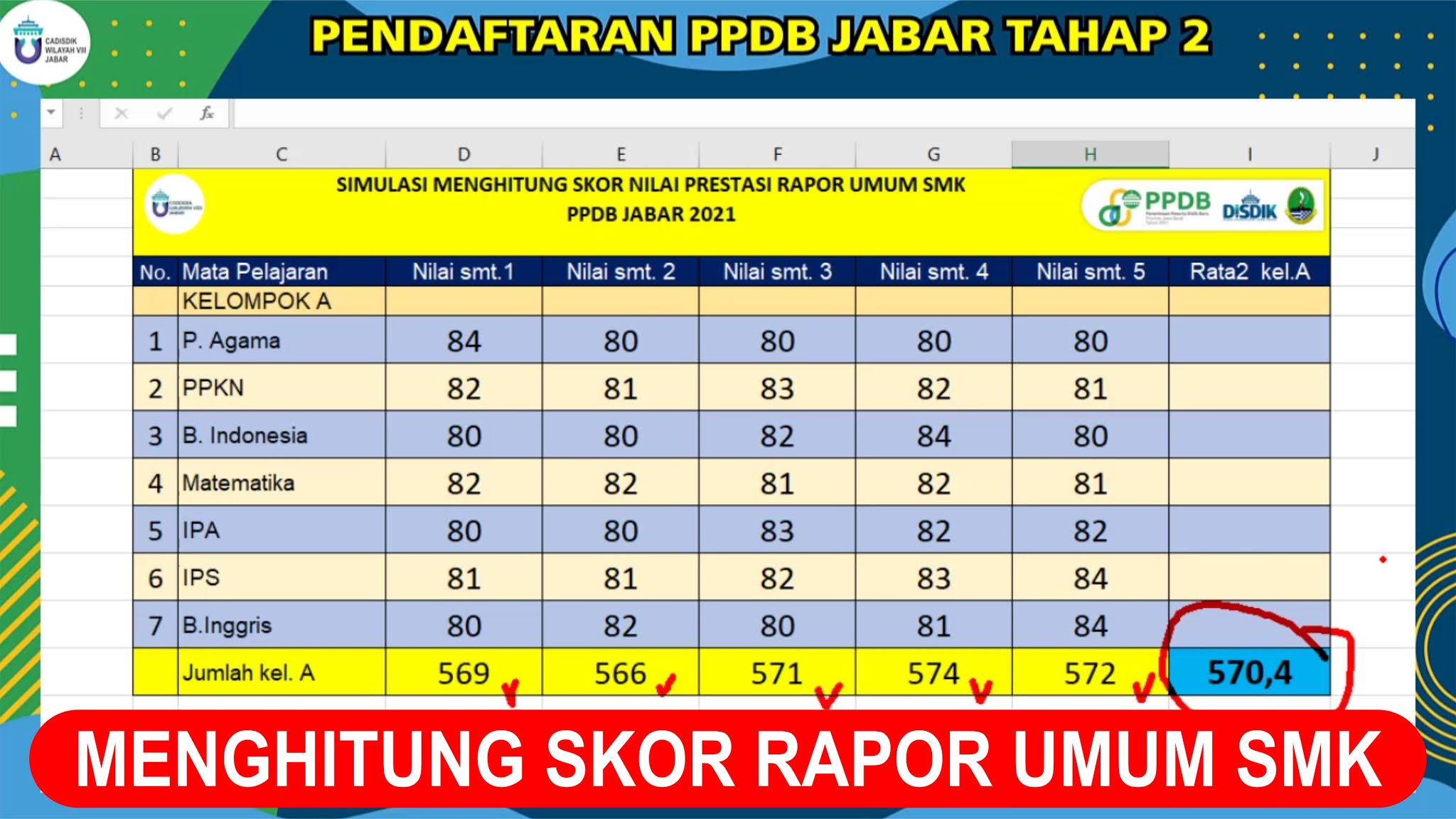In today's fast-paced work environments, employee well-being is paramount, and a significant aspect of that is ensuring their physical health. Musculoskeletal disorders (MSDs) are a common concern, often arising from poor posture and repetitive movements in the workplace. To address this, ergonomic assessments play a crucial role in identifying potential risks and implementing corrective measures. One widely used method is the Rapid Upper Limb Assessment, commonly known as RULA.
The RULA assessment method is a powerful tool used to evaluate the risk of work-related upper limb disorders. It provides a systematic way to observe working postures, consider force loads, and analyze muscle use, ultimately resulting in an action score. This score helps prioritize tasks or workstations that require ergonomic interventions to minimize the risk of MSDs.
Developed in the 1990s by ergonomists Dr. Lynn McAtamney and Dr. Nigel Corlett, RULA emerged as a response to the growing need for a quick and efficient ergonomic assessment tool. Industries with a high prevalence of manual tasks, such as manufacturing, healthcare, and office work, have particularly benefited from its implementation. The primary concern RULA addresses is the alarming rise of MSDs among workers, often stemming from prolonged awkward postures, repetitive motions, and forceful exertions.
Understanding the RULA assessment is essential for promoting workplace safety and employee well-being. By assessing and addressing ergonomic risks, companies can create a more comfortable and productive work environment while reducing the incidence of MSDs and associated costs.
The RULA assessment analyzes various aspects of a worker's posture and movements, focusing on the neck, trunk, arms, wrists, and legs. It assigns scores based on the observed postures and movements, considering factors like angles, force exertion, and repetition. These individual scores are then combined to determine the final RULA score, indicating the level of risk and the urgency for ergonomic intervention.
Advantages and Disadvantages of RULA Assessment
| Advantages | Disadvantages |
|---|---|
| Quick and easy to perform | Subjective assessment based on observation |
| Cost-effective method for initial screening | May not capture all ergonomic risk factors |
| Provides a clear action score for prioritization | Requires trained assessors for accuracy |
Best Practices for Implementing RULA Assessment
To ensure effective RULA assessment implementation:
- Provide training: Equip assessors with proper training on RULA methodology and observation techniques.
- Use a standardized approach: Follow a consistent protocol for observations and scoring to maintain objectivity.
- Document findings thoroughly: Record observations, scores, and recommendations for future reference.
- Involve workers: Encourage worker participation and gather feedback on their experiences and concerns.
- Implement timely interventions: Address high-risk tasks or workstations with appropriate ergonomic solutions.
By understanding the importance of ergonomic assessments like RULA and implementing appropriate measures, workplaces can significantly improve employee well-being and create a safer, healthier, and more productive work environment.
Floridas rhythm your guide to upcoming concerts
Unleash your inner royalty with unas de color morado lila
Anime characters with split white and red hair
cara menghitung skor rula - Khao Tick On
RIESGO BIOMECÁNICO on emaze - Khao Tick On
cara menghitung skor rula - Khao Tick On
cara menghitung skor rula - Khao Tick On
cara menghitung skor rula - Khao Tick On
cara menghitung skor rula - Khao Tick On
cara menghitung skor rula - Khao Tick On
Perbedaan Rul Adan Reba - Khao Tick On
cara menghitung skor rula - Khao Tick On
cara menghitung skor rula - Khao Tick On
LAPORAN PRAKTIKUM PERANCANGAN SISTEM KERJA DAN ERGONOMI 1 MODUL 1 - Khao Tick On
cara menghitung skor rula - Khao Tick On
cara menghitung skor rula - Khao Tick On
cara menghitung skor rula - Khao Tick On
cara menghitung skor rula - Khao Tick On














